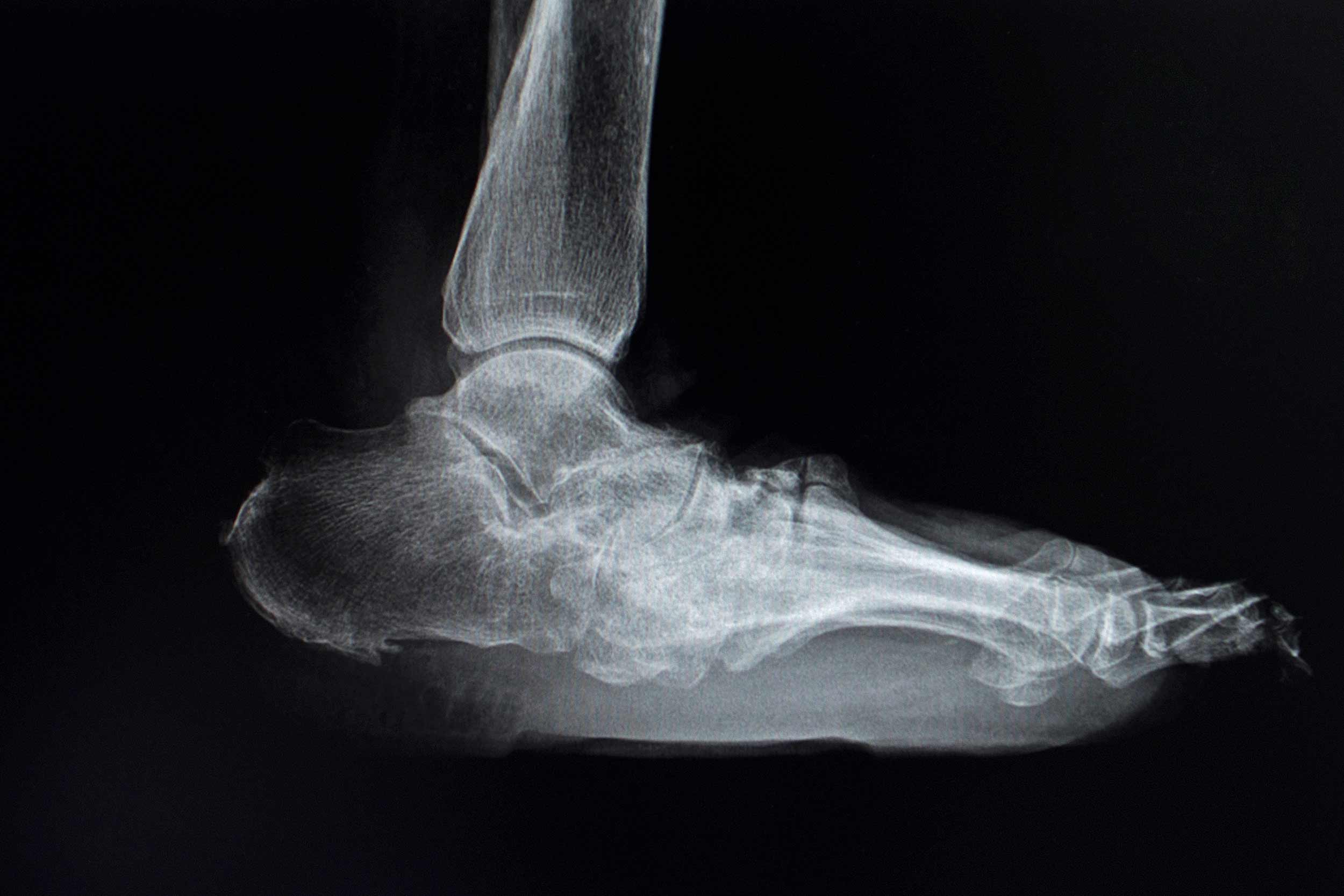Charcot foot, otherwise known as Charcot arthropathy, is a foot disease that affects people with nerve damage and attacks the joints, bones, and soft tissue of feet. Unfortunately, this disease can easily go unnoticed until it causes significant damage. If identified quickly, your local podiatrist can quickly treat your foot and keep it from causing irreparable damage.
Charcot Foot Symptoms
Early symptoms can be easy to miss by non-podiatrist doctors who have little experience with diabetes as they can be associated with a number of other food problems.
Early symptoms include:
- Reddish coloration
- Areas of the foot will be warm to the touch
- The foot will likely appear swollen as inflammation is a key factor
- Lack of feeling in the foot
It is likely that early X-rays and lab tests will appear normal, but an experienced podiatrist will be able to identify Charcot foot early-on.
If diabetic Charcot foot goes unidentified, patients can experience the following serious complications:
- Weakening bones move out of place
- The middle arch of the foot may drop and become lower than the heel or toes. This is sometimes called “rocker bottom.”
- Curled toes
- Weak ankles that easily twist.
- Open sores on the foot from boned pressing against shoes. This is common due to the lack of feeling in the feet.
Causes of Charcot Foot
Charcot foot stems from nerve damage in the feet and ankles which is commonly attributed to diabetes. However, non-diabetic patients can also get Charcot foot from a number of other potential factors:
- Diabetes — This is the most common factor in most Charcot foot patients
- Alcohol or drug abuse — Like diabetes, drug abuse can cause nerve damage. For more information on drug abuse and recovery, visit this website.
- A pre-existing infection
- Spinal cord injury
- Parkinson’s
- HIV
- Syphilis
Things such as sprains or broken foot bones that are not properly treated can also become triggers for Charcot foot.
Treatment For Charcot Foot
Charcot foot should not be self-diagnosed or self-treated. You should always consult a podiatrist if you suspect that you have it. Treatment typically involves easing the stress on your injured foot.
-
- Surgically repair bones. This may be necessary if your bones have been damaged to the point of instability or if you cannot wear special shoes such as diabetic shoes or braces.
- Immobilize the foot. Your podiatrist will put your foot in a cast to allow it to heal and to keep it from moving. It is vital to avoid putting pressure or moving on the foot as much as possible to allow any swelling to go down. Crutches, a wheelchair, or a knee-walker may be used to help you stay off your foot.
- Prevent future complications. Preventative measures are important in the treatment process. This is done through regular checkups with your doctor, personal examinations of your feet, and the use of prescription shoes.
Let Fresno’s Favorite Podiatrist Take Care of Your Feet
If you have any questions or concerns about your foot health, don’t hesitate to reach out to your local podiatrist in Fresno today.

